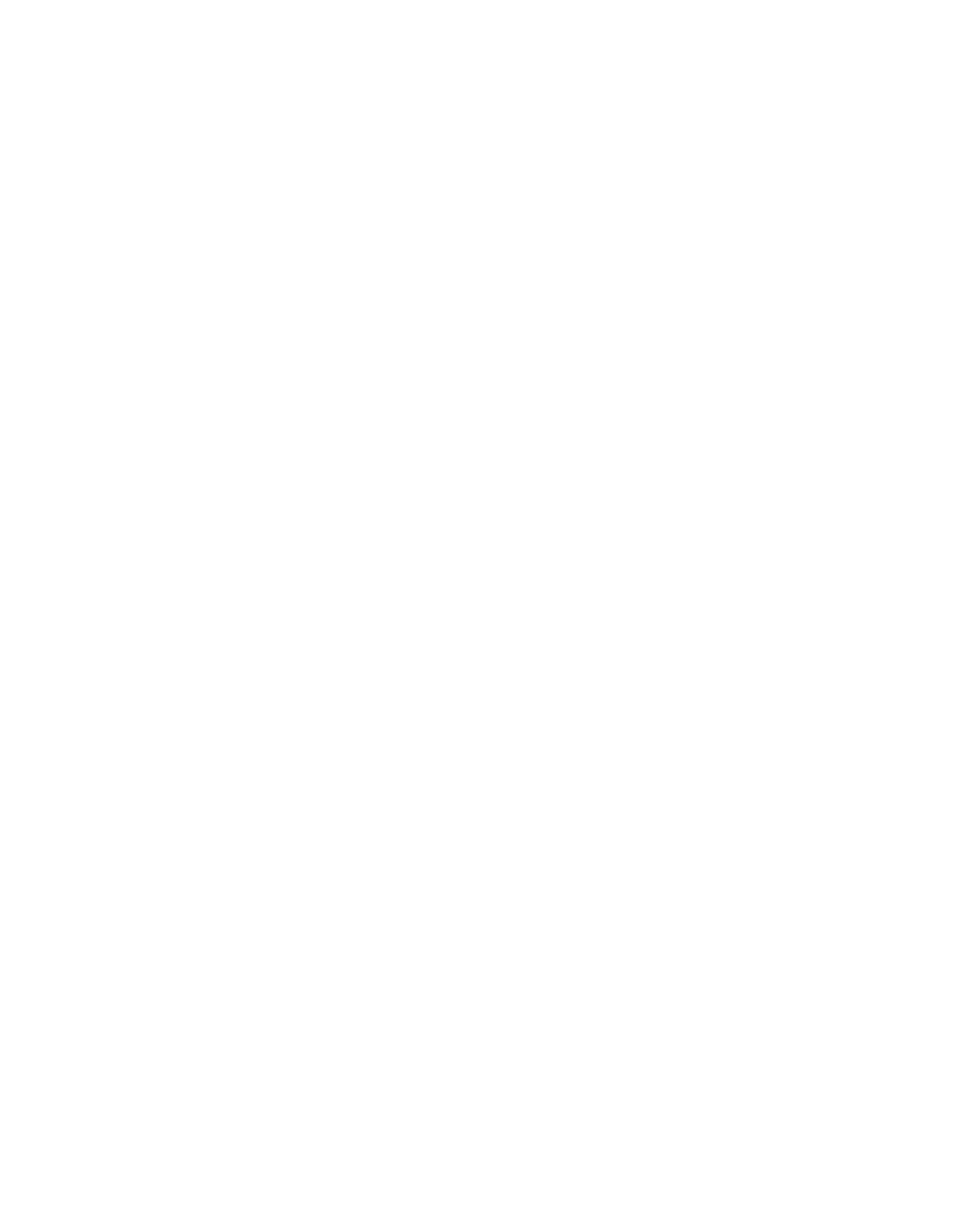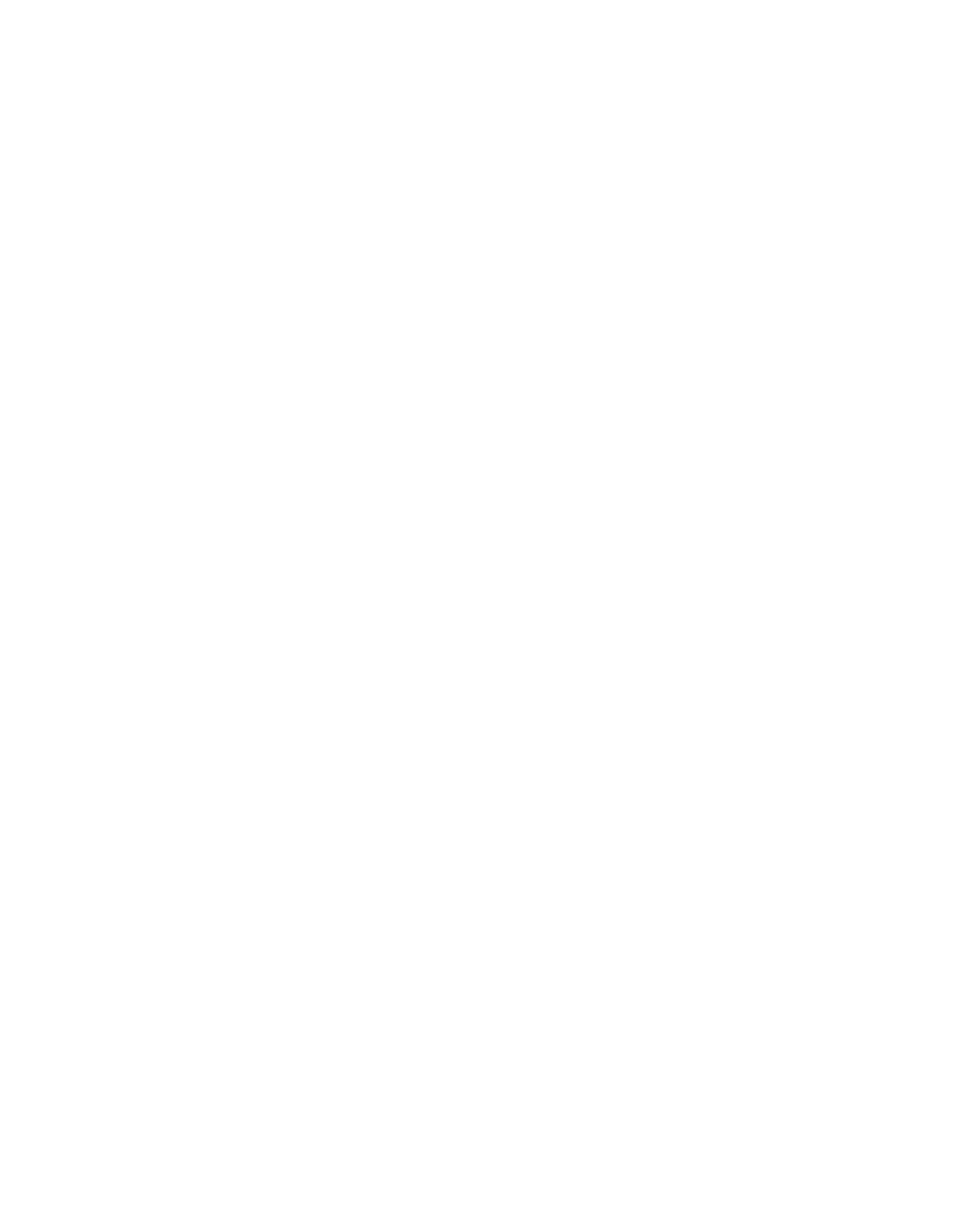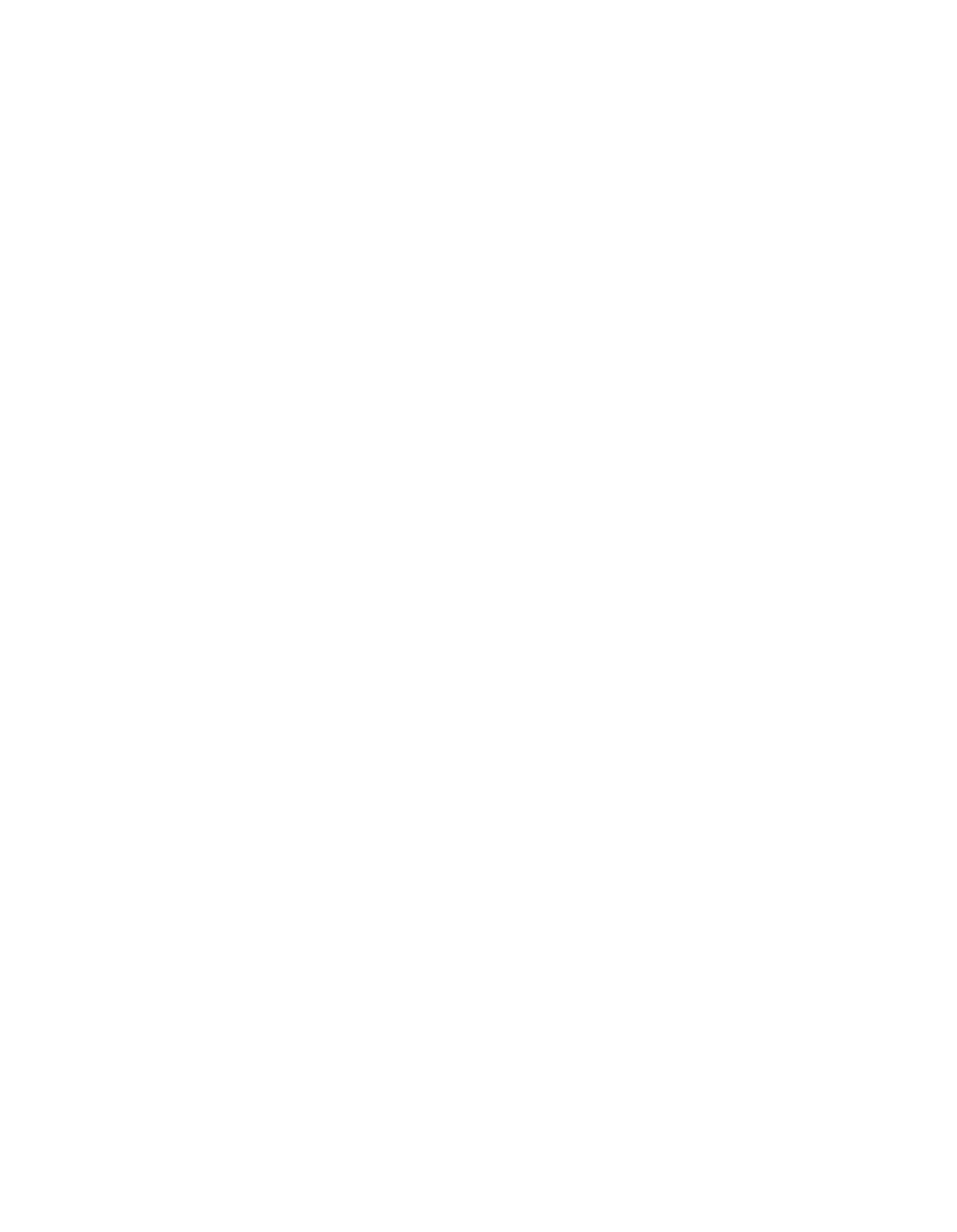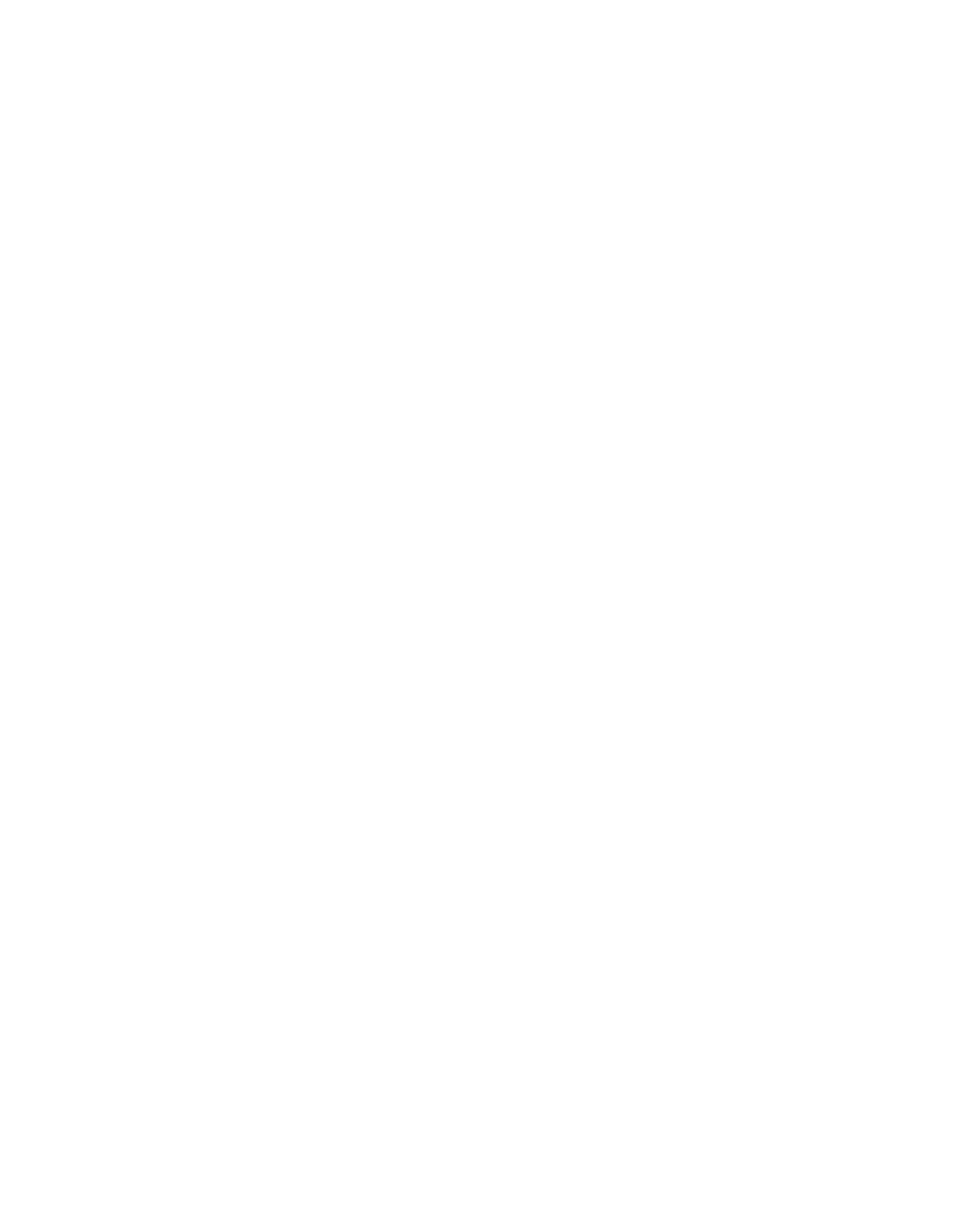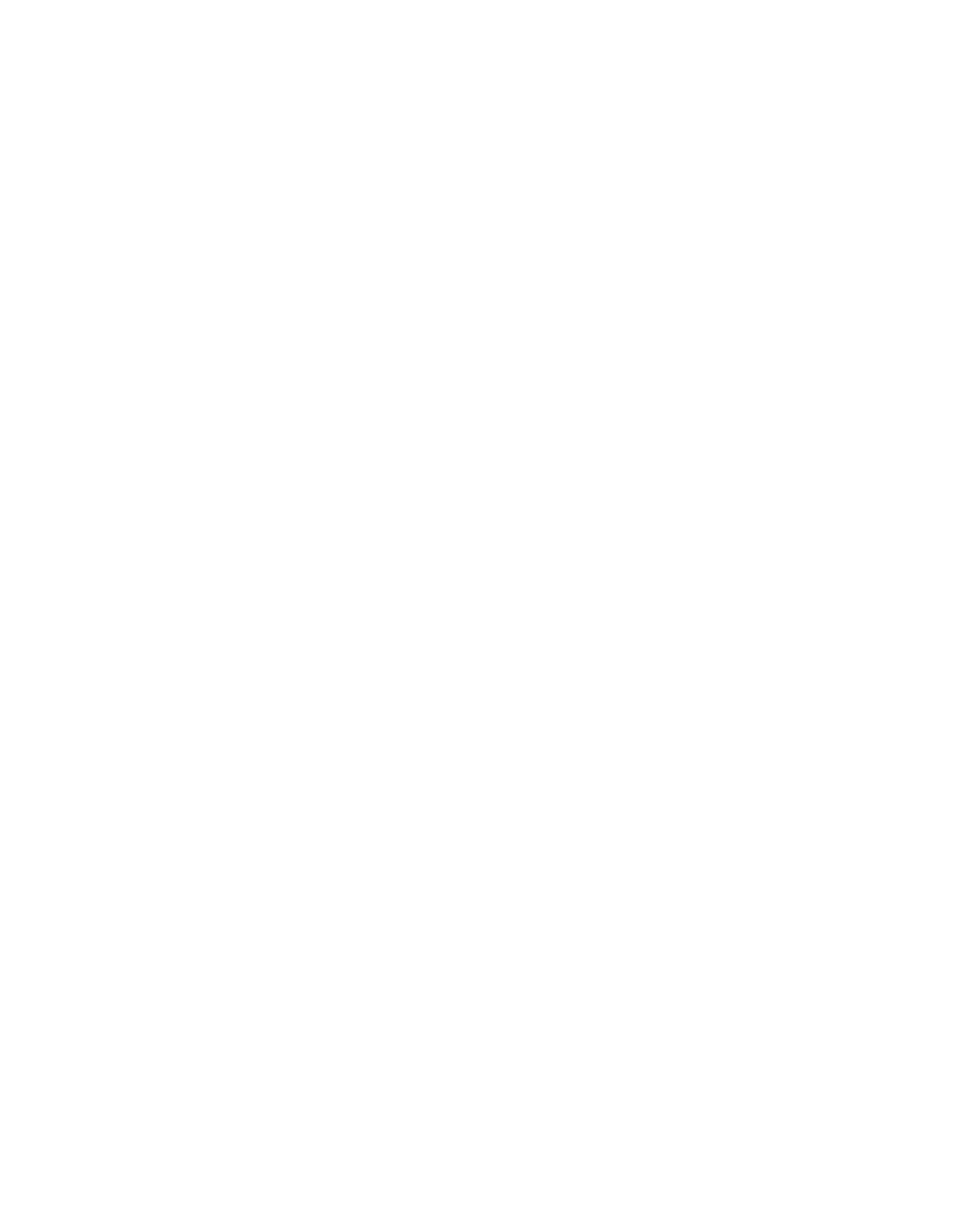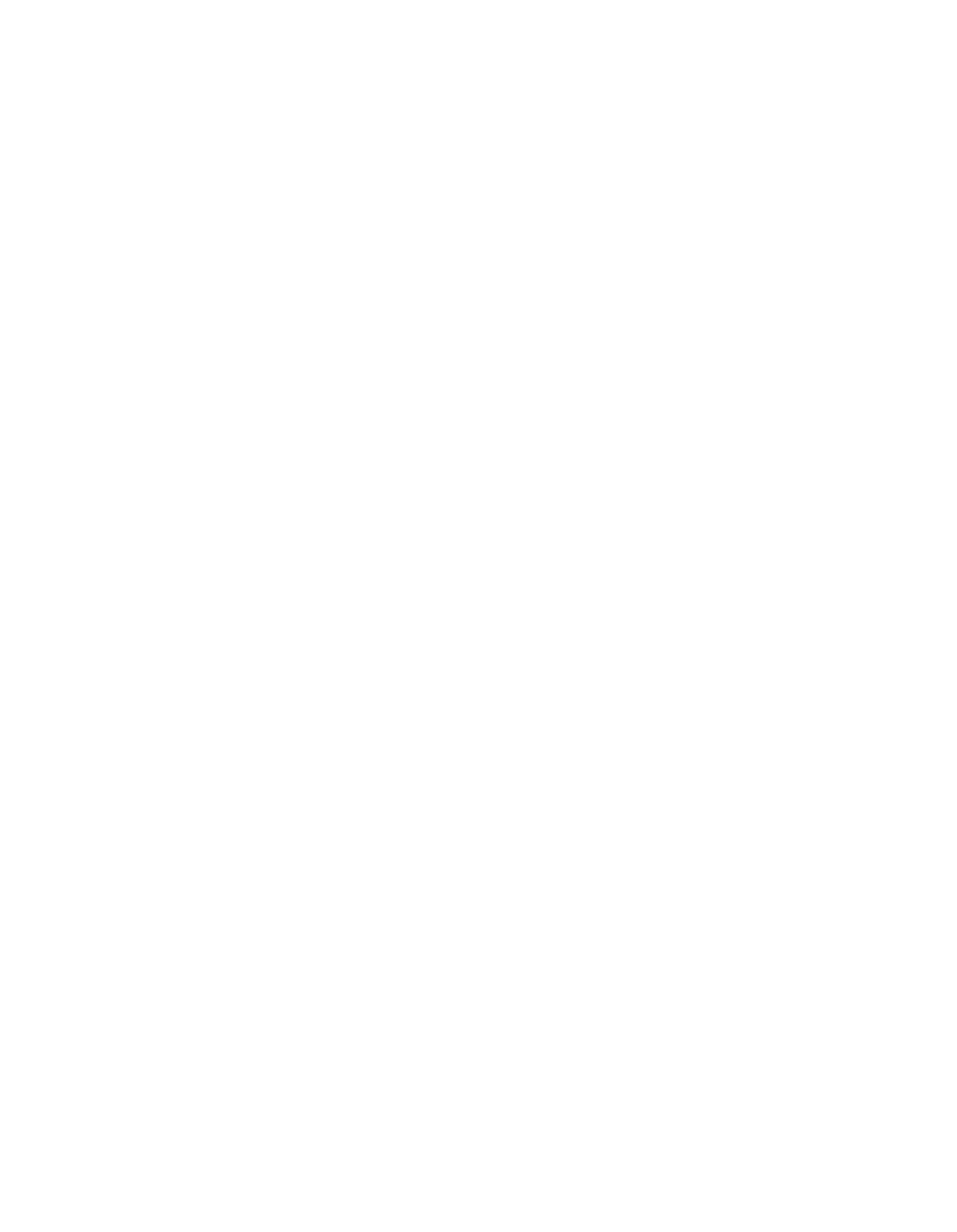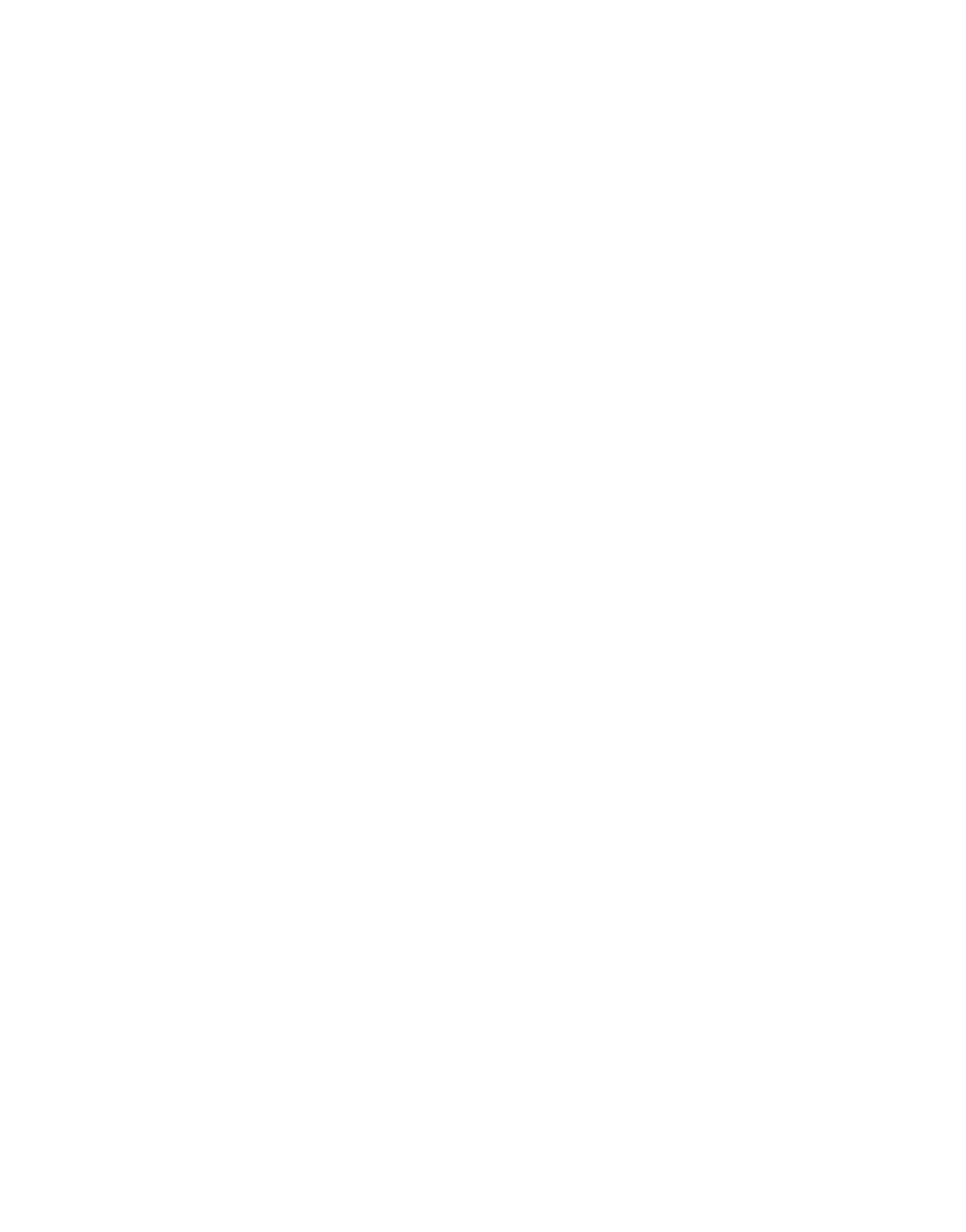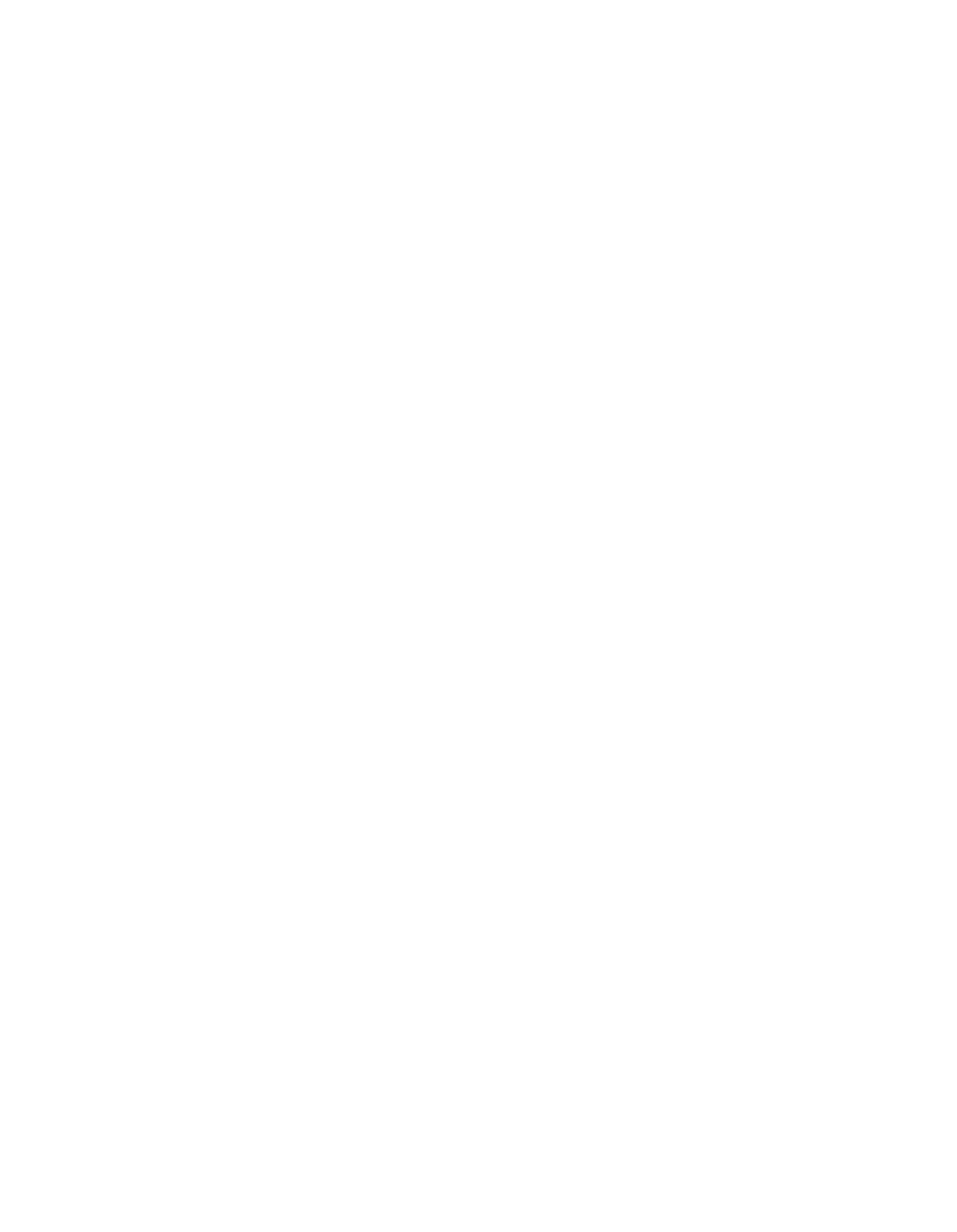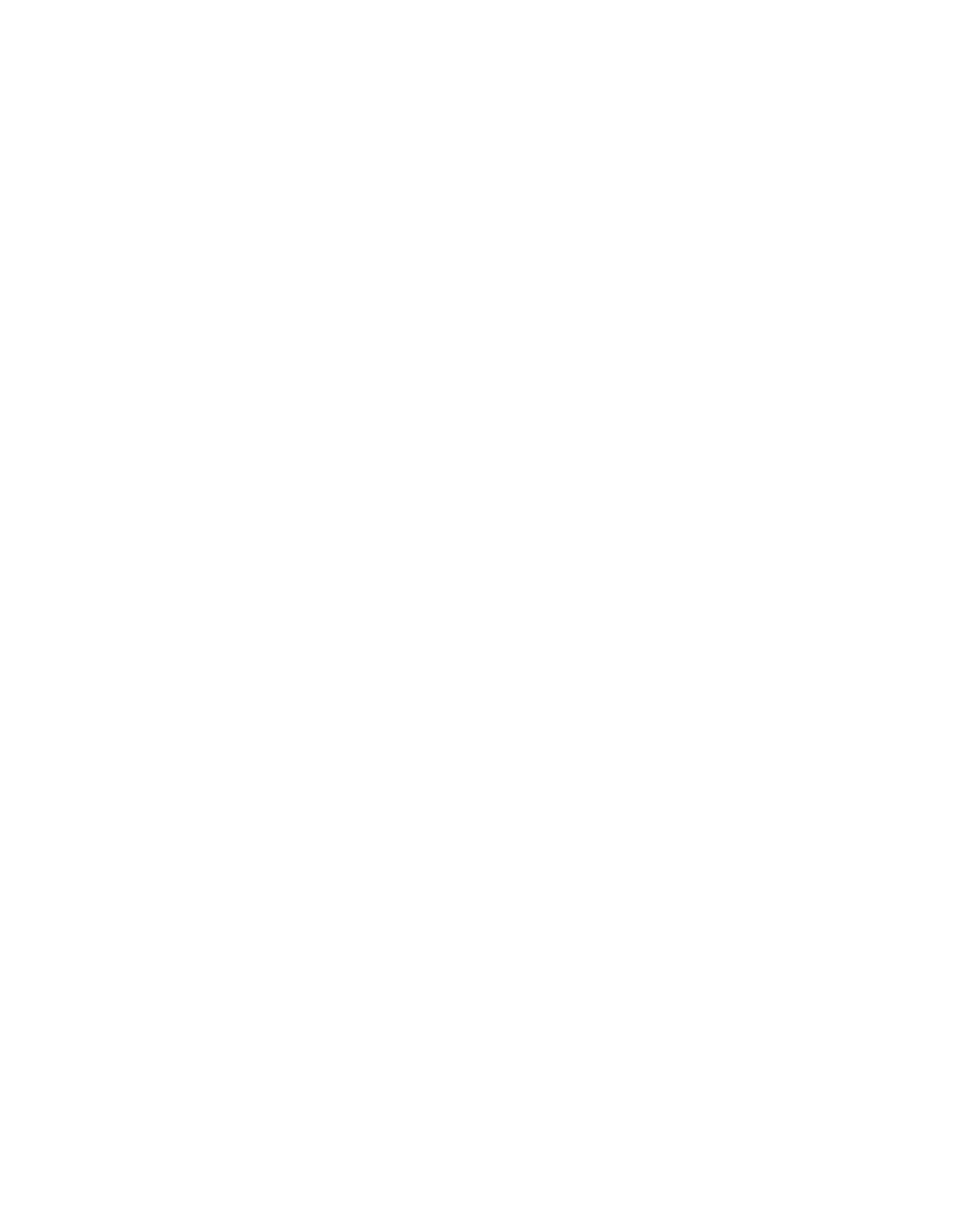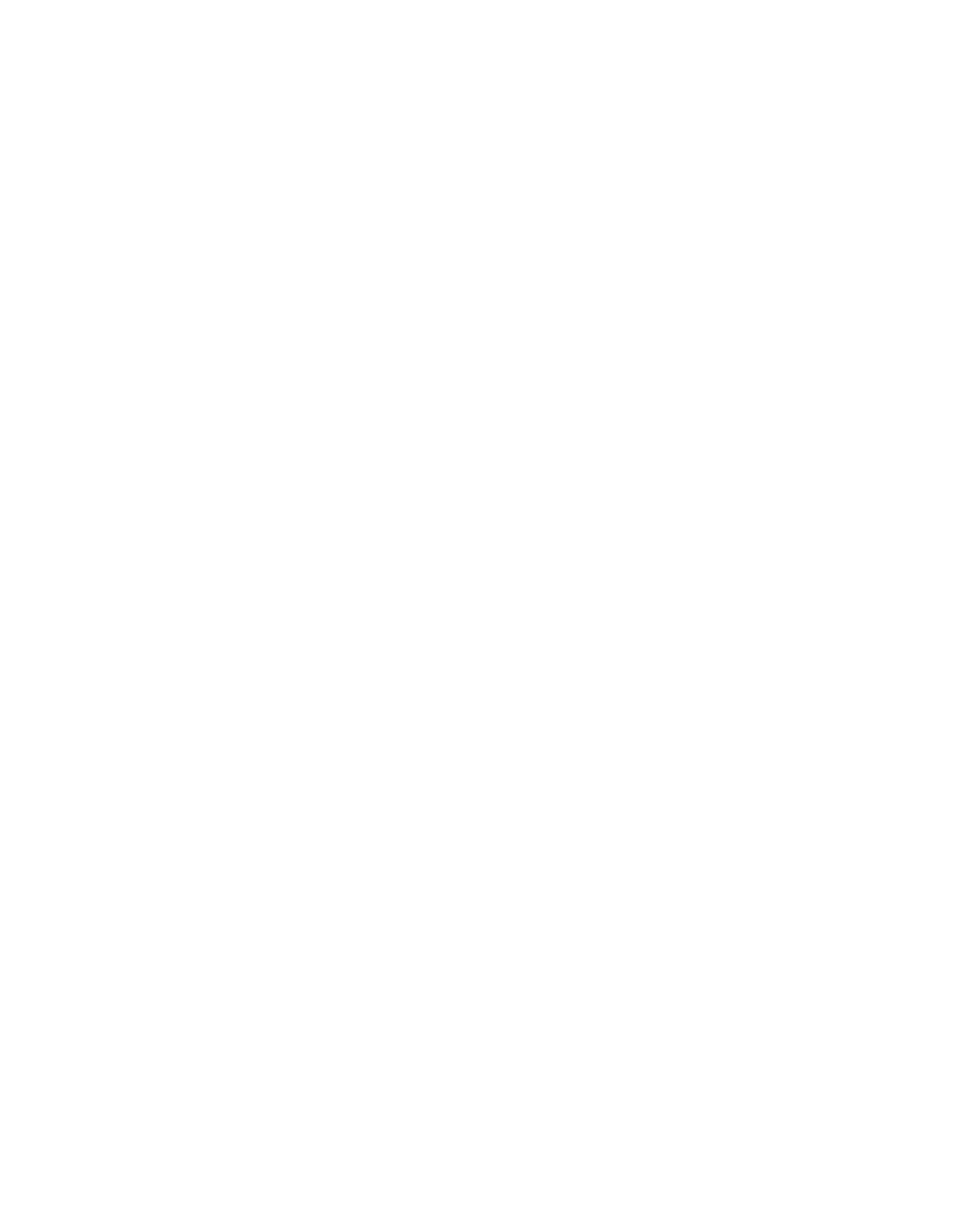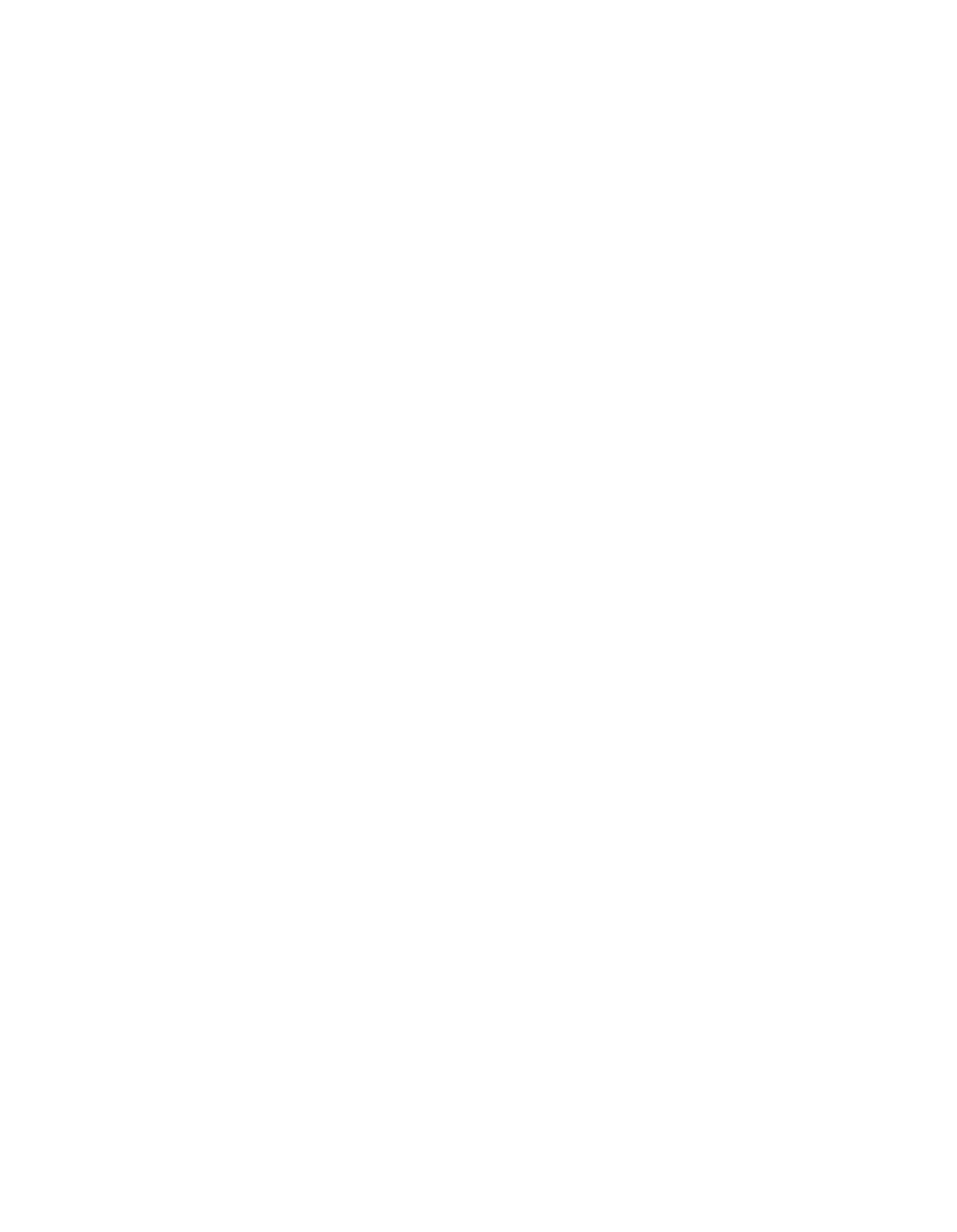ILLINOIS
POLLUTION
CONTROL
BOARD
May 18,
1984
ILLINOIS ENVIRONMENTAL
)
PROTECTION AGENCY,
Complainant,
v.
)
PCB 81—132
BORDEN CHEMICAL,
a Division
)
of Borden Inc.,
a New Jersey
)
corporation,
Respondent.
MR. GREIG R. SIEDOR, ASSISTANT ATTORNEY GENERAL, APPEARED ON
BEHALF OF THE COMPLAINANT.
SIDLEY & AUSTIN
(MR.
SHELL
J. BLEI~EISS, OF COUNSEL) APPEARED
ON
BEHALF OF THE RESPONDENT.
OPINION AND ORDER
OF
THE BOARD
(by W.
J. Nega):
This matter comes before the Board on the August 21, 1981
Complaint of the Illinois Environmental Protection Agency (Agency).
On
November 17,
1981,
the
Agency filed a Motion
for
Leave to File
on
Amended Complaint and its Amended Complaint.
On December 16,
1981, the Hearing Officer granted the Agency’s motion
to amend
its Complaint.
Counts I through VII of the 13-count Amended Complaint
alleged that the Respondent’s chemical plant in Il.iopolis,
sangamon County, Illinois operated six polyvinyl chloride produc-
tion lines without an Operating Permit from the Agency
in
violation
of Rule 103(b) (2)
of Chapter
2:
Air Pollution Regulations
(35
Ill.
Adrn.
Code 201,144) and Section 9(b) of the Illinois Environ-
mental Protection Act (Act).
Count’ VIII alleged that the Respondent, Borden Chemical,
constructed two holding lagoons (i.e.,
a settling lagoon and a
sludge storage lagoon) and consequently modified its treatment
works
wIthout
Agency authorization to construct and discharge
pollutants into Illinois waters from a point source in violation
of
Rule
901
of Chapter
3:
Water Pollution Regulations
(35 Ill.
Adm. Code 309,102); Rules 910(n)(1) and 910(n) (2)
of Chapter
3
(35 Ill.
Adm. Code 309,154); and Sections 12(a),
12(b),
and 12(f)
of the Act.
58~87
Count IX alleged
that,
during various specified months
between August,
1979 and September,
1981,
the Respondent dis-
charged effluent containing excessive concentrations of BOD
and
total
suspended solids
(TSS)
from its plant and from a point
source into Long Point Slough via an unnamed ditch in violation of
Rule 410(a)
of Chapter
3
(35 Ill. Adm.
Code 304,141) and Rule 901
of Chapter
3
(35 Ill. Adm.
Code 309,102) and Sections 12(a) and
12(f) of the Act.
Count X alleged that the Respondent caused or allowed the
discharge of effluent from
a point source at its chemical plant:
(1) in excess of the “daily average” weight of 23 kilograms BOD5
set by its NPDES Permit during
3 specified months in 1979 and two
specified months in 1981;
(2) in excess of the “daily maximum” of
58 kilograms BOD
during
4 specified months in 1979 and
3 specified
months
in
1981; ~3) in excess of the “daily average” of 28 kilo-
grams of TSS during
4 specified months in 1979,
5 specified
months in 1980, and 7 specified months in
1981;
and
(4)
in excess
of the “daily maximum” of 70 kilograms TSS during 4 specified
months
in 1979,
4 specified months in 1980;
and
3 specified
months in 1981 in violation of Rule 410(a) of Chapter 3
(35 Ill.
Mm. Code 304.141) and Rule 901 of Chapter
3
(35 Ill, Adm.
Code
304.102) and Sections 12(a)
and 12(f)
of the Act.
Count XI alleged that Borden Chemical discharged effluents
from its facility into Long Point Slough which contained con-
centrations of BOD
in excess of 10 mg/l and concentrations of
TSS in excess of 1~mg/l during various months between August,
1979
and March,
1981 in violation of Rule 404(c)
of Chapter
3
(35
Ill. Mm. Code 304.120(c)) and Section 12(a)
of the Act.
Count XII alleged that,
on at least
4 specified dates between
June
10,
1981 and November 17,
1981, the Respondent discharged
effluent from its plant into an unnamed ditch so as to cause the
ammonia nitrogen concentration in the receiving stream to exceed
the 1.5 mg/l maximum concentration allowed under Rule 203(f) of
Chapter 3
(35 Ill.
Adm. Code 302,212) in violation of Rules
203(f) and 402
(35 Ill.
Adm.
Code 304.105) of Chapter 3 and
Section 12(a) of the Act.
Count XIII alleged that,
from March 1980 until November 17,
1981,
the Respondent caused or allowed the discharge of effluent
from its water treatment facility and its chemical plant in
excess of the average daily flow maximum initially established in
Construction Permit #1975—EB—915—COP without obtaining a new
permit from the Agency in violation of the terms and conditions
of Construction
Permits
#1975—EB—915—COP,
#1976—EB—1628—COP,
and
•1979—EN—4905, thereby violating Section 12(b)
of the Act.
Additionally, Count XIII alleged that the Respondent caused
or allowed production increases which,
in turn, caused increased
58-88
discharges
of
pollutants
without
submitting
a
new
NPDES
permit
application
in
violation
of
the
terms
and
conditions
of
its
NPDES
Permit;
Rule
901
of
Chapter
3
(35
ill.
Mm,
Code
309.102)
and
Sections
12(a)
and
12(f)
of the Act~
Hearings
were
held
on
January
18,
1983 and
November
4,
1983.
The
parties
filed
a
Stipulation and Proposal for
Settlement
on
November
14,
1983.
On
February
22,
1984,
the
Board
entered
an
Order
which
requested
more
information
as
to
how
the
amount
of
the
proposed
stipulated
penalty
of
$30,000 was decided upon by the parties.
On
March
22,
1984,
the
Respondent
filed
a
Motion
for
Extension
of
Time
which
asked
for an extension of
time
until
April
13,
1984
to
respond
to
the
Board’s Order of February 22,
1984 and the Respondent
stated
that
the
Complainant
joined
in
this
request.
On
April
5,
1984,
the
Board
entered
an
Order granting the motion for additional
time.
On
April
12,
1984,
the Agency filed a Motion for Extension
of
Time
and
indicated
that
the
Respondent
joined
in
the
request.
On
April
19,
1984,
the
Board
granted this motion.
On
April
27,
1984,
Borden
Chemical
filed its Reply to the Board’s Order for
Additional
Information.
On
April
30,
1984,
the
Agency
filed
a
Motion
for
Reconsideration
and
a
Memorandum
of
Law
in
support of
its
motion.
In
the
Agency’s
Motion
for
Reconsideration,
the
Agency
noted
that
the
stipulation
“was
agreed
upon
only
after
lengthy
and
intensive
negotiations
which began
in September
1981
and which
did
not
conclude
until
Fall,
1983...While
the
Attorney
General
and
the
IEPA
took
the
factors
cited
by the Board
in
its
Order
into
account
in
reaching
settlement
with
Respondent,
it
is
impos-
sible to weigh or quantify the relative impact of each on the
agreed penalty of $30,000...”
(Complainant’s Motion for Reconsider-
ation,
p.
1—2).
The Agency’s Motion
for Reconsideration is hereby
granted.
Upon reconsideration, the Board will accept in its entirety the
previously filed Stipulation and Proposal for Settlement.
Parenthetically, the Board notes the Agency’s claim that
“the Board Order of February 22,
1984 intrudes” on the Attorney
General’s “prosecutorial authority”.
The Board appreciates the
Agency’s concerns that openly delineating the factors that were
considered in reaching a proposed stipulated penalty may, in
certain cases, potentially reveal “settlement strategies to
potential Respondents”.
(Agency’s Motion for Reconsideration,
p.
2).
Nevertheless, such concerns cannot supersede the Board’s
duty to review,
or the public’s right to participate in, enforce-
ment actions.
The Board has a duty to consider the facts and
circumstances bearing on a proposed settlement agreement and to
impose a penalty upon finding a violation,
(Section 33 and
Section 42 of the Act).
Also, at the required public hearing on
58-89
such proposed agreements, pursuant to 35 IlL Adm. Code 103.180(b)
“all interested persons may testify” and give
“their views on the
proposed stipulation and settlement”.
Section 103.180(c)
states:
“The Board may accept,
suggest revisions in,
reject the proposed settlement agreement and
stipulation, or direct further hearings as
it
appears appropriate.”
Since the Board has such legal power and authority, further
inquiry is well within the scope of the Board’s authority.
Finally, the Board notes that,
after the
Board’s
February
22,
1984
Order
in
PCB
81-132,
the
Attorney
General
has,
on
behalf
of
the
Agency,
engaged
in discussions about the ramifications of the
various
factors
that
the
Board
has
inquired
about.
(See:
E.P.A.
v.
City
of
Galva,
PCB
84-3
and
PCB
84-4
consolidated;
pages
four
and
five
of
the
hearing
transcript
of
~pril
18,
1984).
The
Board
encourages
the
articulation
of
such
factors
in
future
cases
involving
proposed
settlement
agreements.
The
Respondent,
Borden
Chemical,
is
a
division
of
Borden,
Inc.
and
is
duly
authorized
by
the
Illinois
Secretary
of
State
to
transact business
in
Illinois.
The
Respondent
has,
for
a
period
of about 28 years,
owned and operated a chemical plant in Illio—
polis at the intersection of Cantrall Road and South Victory
Drive in Sangarnon County,
Illinois.
(Stip.
3;
see:
Exhibit A).
Borden Chemical produces polyvinyl chloride
(PVC)
resins,
PVC
latex and acetate emulsions,
and polystyrene butadiene emulsions
at its chemical plant.
Wastewater
is discharged into an unnamed
ditch tributary to Long Point Slough,
a navigable Illinois water,
which
in turn is tributary to the Sangamon River, pursuant to the
Respondent’s NPDES Permit No.
IL 0001350,
(See:
Exhibit E).
Borden Chemical’s polyvinyl chloride production
process
presently includes six PVC production lines which are designated
“PVC System No,
1; PVC System No,
1A; PVC System hA
—
Monomer
Handling and Storage; PVC System 4-A; PVC Paste Resin Manufacturing
Line; and VCM Incinerator Scrubber”.
(Stip.
3).
Because all
production line processes are capable of emitting vinyl chloride
monomer
(VCM) into the atmosphere, an Operating Permit from the
Agency is required for each line.
Although the Respondent has admitted that, during the time
periods alleged
in Counts
I through VII of the Amended Complaint,
it did not have the requisite permits from the Agency for these
production lines, Borden Chemical has pointed out various
ex-
tenuating circumstances which,
in its view,
mitigate the technical
permit
violations.
The Respondent has noted that it received
NESHAPS
waivers
for its VCM emissions from the USEPA
in 1977 and believes
that
58-90
its waiver application to the IJSEPA was substantially identical
in content to the prior applications it made to the Agency for
air operating permits for its PVC production lines.
(Stip.
4).
Accordingly, Borden Chemical believes that the Agency should have
granted the air operating permits pursuant to Section 9.1 of the
Act instead of denying these applications.
On the other hand,
the Agency believes that its denial was
appropriate, since it had received some information outside of
the applications which indicated that there was a potential
for
air pollution from the Respondent’s production lines.
(Stip.
4).
Moreover, Borden Chemical did not file any permit denial
appeals, hut instead submitted further applications in 1977,
1978,
1979, and 1982 until
the Agency issued an Operating Permit
for PVC Systems
1
A,
2
A, and
4 A on August 26, 1982.
(See:
Exhibit B).
Borden Chemical has asserted that its 1982 applica-
tion was, in content,
the same as its prior applications which
the Agency had denied, while the Agency maintains that it granted
Borden Chemical’s Operating Permit because it received information
from the USEPA relating
to NESHAPS compliance testing which
demonstrated “no present danger” of air pollution from those
production lines,
(Stip.
5),
The Agency has indicated that it
did not have such testing data at the time that it received, and
acted upon, Borden Chemical’s prior air operating permit applica-
tions.
(Stip.
5).
The
parties have stated that a similar situation existed in
relation to Borden Chemical’s
“polyco” production line which
produces polyvinyl acetate emulsion and polystyrene butadiene
emulsion and emits waste gases, principally hydrocarbons, into
the atmosphere.
After initially obtaining an Operating Permit
from the Agency for the “polyco” production line in 1973 and
having the permit subsequently renewed, the Agency denied a later
permit application on July 27, 1978.
On December 18,
1979,
Borden Chemical submitted a second renewal application
for an
Operating
Permit
for the “polyco” production line
which was
denied by the Agency on January 22, 1980.
(Stip,
6).
However,
the company’s third renewal application for an Operating
Permit
was submitted to the Agency on November
8,
1982 and the Agency
then granted Borden Chemical its Operating Permit for the
“poly—
co” production line on February 2,
1983,
Although the company asserts that its November 8,
1982
permit application was identical in content to its previous
applications on May
5,
1978 and December 19,
1979, the Agency
maintains that the Respondent’s third renewal application was
significantly different from the two prior applications
because
the Agency had received compliance test data relating
to the
“polyco” production line emissions and the Respondent had added a
second condenser to its line pursuant to a Construction Permit
granted by the Agency on August 22,
1982,
58-91
In reference to Count VIII of the Amended Complaint, the
parties have indicated that the two lagoons in question are
integral parts of the Respondent’s wastewater treatment
system
for the treatment of “production process” wastewaters.
(Stip.
7;
see:
IEPA v. Borden Chemical, PCB
79~1,
July
12,
1979;
Exhibits
C and D).
On January 20, 1982,
Borden Chemical applied to the
Agency for a combined Construction-Operating Permit for its Pond
No.
3 and the Agency issued the requisite combined permit on
February 22,
1982.
However,
the company had operated Pond No.
8
from June,
1978 until February 22,
1982 without the appropriate
authorization from the Agency.
Similarly, Borden Chemical applied
to the Agency for a combined Construction—Operating Permit
for
its sludge storage lagoon on June 29,
1982.
Although its initial
application was denied, the Respondent reapplied and the Agency
granted the company the requisite permit on October
4,
1982.
Nonetheless, Borden Chemical had operated its sludge storage
lagoon from 1976 until October
5,
1982 without the necessary
Agency authorization.
The alleged violations in Counts IX,
X,
and XI of the Amended
Complaint relate to discharges of wastewaters into Long Point
slough.
According to the Ilinois State Water Survey, Long Point
Slough has
a 7—day,
10—year low flow of zero.
The parties have
stated that the BOD
and TSS limits delineated in Borden Chemical’s
NPDES Permit No, ILh1350 were established in expectation of an
average daily flow of 600,000 gallons per day (gpd).
(See:
Exhibit E).
However, during the time period between 1979 and
1983, Borden Chemical’s daily flow has averaged 671,000 gpd,
while its daily maximum flow has averaged 821,000 gpd.
(Stip.
10),
Accordingly, Borden Chemical anticipates that “its forth-
coming renewal NPDES permit will contain new quantity limits
reflecting an expected average daily flow of 1,000,000 gpd and a
daily maximum of 1,200,000 gpd.”
(Stip.
10).
It
is stipulated
that, on various occasions,
Borden Chemical allowed the discharge
of effluents containing excessive concentrations and quantities
of BOD~and TSS as indicated in discharge monitoring reports
submitted to the Agency.
(Stip.
10-11),
As alleged in Count XII of the Amended Complaint, the
Res-
pondent discharged effluent from its plant into the unnamed ditch
to cause the ammonia nitrogen levels in the receiving stream to
exceed the 1.5 mg/i
standard,
Agency water samples taken on
5
specified dates between June
10, 1981 and
July
22, 1981 indicated
ammonia nitrogen levels
in the Respondent’s effluent varying
between
2 mg/i and 25 mg/i, while ammonia nitrogen levels in the
unnamed ditch were between 2,3 mg/i and 8.0 mg/l.
(Stip.
12).
The parties have stated that the Respondent has taken positive
steps in good faith to correct the violations alleged in the
Amended Complaint.
Borden Chemical has now obtained the neces-
sary permits from the Agency for each of the PVC production lines
referred to in Counts
I through
VII
of the Amended Complaint.
58-92
The Respondent has also obtained the requisite Construction and
Operating Permits for the sludge storage lagoon and Pond No.
8
referred to in Count VIII of the Amended Complaint.
Additionally,
since March
1,
1982, Borden Chemical has been in compliance with
all applicable BOD~and TSS concentration limits as mentioned in
Counts
IX
throug
XT
of the Amended Complaint,
(Stip.
13;
see:
Exhibits
F
&
G).
Moreover,
Borden
Chemical
had,
by
October
1,
1982,
made
several
important
modifications
and
additions
to
its
wastewater
treatment
system
to
improve
the
control
of
the
Respon-
dent’s BOD
,
TSS, and ammonia nitrogen discharges
(as referred to
in Count X~Iof the Amended Complaint).
As part of its proposed
settlement agreement,
the Agency has withdrawn Count XIII of the
Amended Complaint.
(Stip.
12),
The wastewater treatment facility improvements, completed by
October
1,
1982, which were intended to prevent possible environ-
mental problems,
include the:
(1)
construction of a final
polishing
“serpentine stream” which is designed to enhance the
BOD and TSS reduction capability of the entire system while
increasing the concentration of dissolved oxygen in the
wastewater;
(2)
conversion of Pond No.
8 into a primary settling
lagoon
(from a sludge storage lagoon)
to enhance the treatment of
waste stream No.
1;
(3) modification of the specialized “Oxygest”
unit to increase the total activated sludge contact with waste
stream No.
1;
(4)
installation of chemical feeders to Clarifier
No.
1 in order to enhance the treatment of waste stream No,
2;
(5) diversion to the “serpentine stream” of boiler plant regenera-
tion,
wash, and rinse waters from Pond No.
5 to improve the treatment
of waste stream No.
3;
(6)
construction of a new laboratory
building; and
(7)
installation of new monitoring instrumentation
to improve water quality control.
(Stip.
13;
see:
Exhibits F &
G).
The settlement proposal includes various provisions pertain-
ing to ammonia nitrogen levels; off—site disposal of chemical
sludge;
and on—site disposal of chemical
sludge and biological
sludge.
In reference to compliance with the recently amended ammonia
nitrogen water quality rule of 35
Ill. Adm.
Code 302.212, the
Agency and Borden Chemical agreed
in September of 1982 that
“further study” of the effectiveness of the wastewater treatment
plant modifications was advisable.
Accordingly,
on October
1,
1982, Borden Chemical commenced a 12—month compliance program
which included:
(1) collection of weekly grab samples of effluent
at specified discharge and sampling points;
(2) analysis of these
samples for ammonia nitrogen concentration, pH, and temperature;
(3)
submission of the analyses on a monthly basis to the Agency;
(4) prompt reporting of any excursions and the expeditious correc—
tion of any problems leading to such excursions;
(5) prompt
submission of information pertaining
to the details involving any
upset or breakdown of the wastewater treatment plant (including
58-93
—8—
detailing of corrective measures to be taken); and
(6)
submission
of a report to the Agency by December
1,
1983 which
summarizes
the performance of the wastewater treatment plant in meeting the
amended ammonia nitrogen water quality rule
(35 Ill. Adm.
Code
302.212)
along
with
specific
plans
to
correct
the
causes
of
any
excursions
occurring
between
October
1,
1982
and
September
31,
1983 and to prevent any future excursions.
(Stip.
14—15).
Although Borden Chemical has been disposing of some chemical
sludge on—site for a number of years and believes that such
disposal is exempt from regulation under Section 21(d) of the
Act,
the Respondent has agreed that, within
90 days of the date
of the Stipulation and Proposal for Settlement,
it will submit to
an Agency—approved disposal
site operator sufficient information
to allow that operator to file permit applications with the Agency
for the hauling and off—site disposal of all chemical sludge
which may subsequently be generated by Borden Chemical’s wastewater
treatment plant.
Moreover, the Respondent has agreed that,
within 30 days after the proper permits are issued, it will begin
its off—site disposal of all such chemical
sludge.
(Stip.
15—16),
The proposed settlement agreement also provides that Borden
Chemical submit a detailed “Plan of Action” to the Agency per-
taining to an assessment of previous on—site chemical sludge
disposal practices and prior
(and continuing) biological sludge
disposal practices at the Respondent’s facilities,
including a
timetable for the completion of each task element and plans for
any necessary corrective action,
(Stip.
16—18).
The parties
have noted that Special Condition No,
4 of the Construction and
Operating Permit
for Borden Chemical’s sludge storage
lagoon,
issued October
5,
1982, mandated that the Respondent apply for an
Agency permit for on—site disposal of biological
sludge.
Al-
though Borden Chemical
subsequently applied for this permit, the
Agency denied the permit on the grounds that insufficient in-
formation was provided by the company.
(Stip.
17),
The Agency
has asserted that the Respondent must obtain the
necessary permit
in order to dispose of biological sludge on—site and
must meet
all established conditions,
such as a groundwater
monitoring
program, before proceeding with any further on—site disposal of
biological sludge.
(Stip.
18),
Furthermore,
the Agency has agreed to issue a draft
renewal
of the Respondent’s NPDES Permit within 30 days of
the date of
the Stipulation and Proposal
for Settlement,
It
is intended that
the draft renewal of the NPDES Permit will go through
the
appro-
priate review and comment process mandated by Federal and Illinois
law,
(Stip.
18),
Additionally, the parties have agreed to a stipulated penalty
of $30,000 which will be deposited into the Environmental Protection
Trust Fund for the purposes of environmental protection and
related enforcement programs.
(Stip.
18),
58-94
—9—
In evaluating this enforcement action and proposed
settle-
ment
agreement,
the Board has taken
into consideration all the
facts and circumstances
in
light of the specific
criteria deline-
ated in Section 33(c)
of the Act and finds the settlement agree-
ment acceptable under 35
Ill. Mm. Code 103.180.
The Board finds that the Respondent, Borden Chemical, has
violated
Rule 103(b)(2)
of Chapter
2:
Air Pollution Regulations
(35
Ill.
Mm.
Code
201.144);
Rule
203(f)
of Chapter
3:
Water
Pollution Regulations
(35 Ill. Mm.
Code 302.212); Rule 402 of
Chapter
3
(35
Ill. Mm. Code 304.105); Rule 404(c)
of Chapter
3
(35 Ill. Mm. Code 304,120(c)); Rule 410(a)
of Chapter
3
(35 Ill.
Mm. Code 304.141); Rule 901 of Chapter
3
(35 Ill. Mm.
Code
309.102); and Rules 910(n)(1)
& 910(n) (2)
of Chapter
3
(35
111.
Mm. Code 309.154)
and Sections
9(h)
12(a), 12(b),
and 12(f) of
the Act.
The Board will dismiss Count XIII of the Amended Complaint
as per the Agency’s proposed settlement agreement with the Respon-
dent.
The Respondent will he ordered to follow the specified
compliance plan and to pay the stipulated penalty of $30,000.
This
penalty
is
to be made payable to the Environmental
Protection Trust Fund
(Trust Fund),
pursuant to the authority to
so order granted to the Board in Section 42(a)
of the Act as
amended by P.A.
83-0618,
effective September 19,
1983.
The
legislation creating the Trust Fund and a Commission to administer
it was P.A.
81—951 effective January
1,
1980 and codified as
Ill.
Rev. Stat.
1983,
ch.
111½ ¶1061.
That legislation provides
in pertinent part that
“The Commission may accept,
receive and administer
...any grants,
gifts,
loans,
or other .funds***
provided that such monies shall be used only for
the
purposes for which they are contributed and any
balance remaining shall he returned to the contrib-
utor...”
The Board wishes to emphasize that it does not construe the
quoted portions of the Trust Fund Act as giving a potential right
of
recovery for penalties ordered to be paid into the
Trust Fund
pursuant to Section 42(a)
of the Environmental Protection
Act.
When the Trust Fund was created,
the legislature
obviously envi-
sioned that the fund was to receive voluntary gifts or contribu-
tions,
to either be used for environmental purposes or to be
returned so as to avoid frustration of the intention of the donor
of the gift.
Payment of a penalty for violation of the Environmental
Protection Act
is a compulsory, and not a voluntary, act.
There
is
no
right
of
recovery
for
a
penalty
paid
into
the
general
revenue
fund.
In
allowing
penalty
monies
to
be paid into the
Trust
Fund,
the
legislature
has
clearly
implied
that
such
penal-
58-95
—10—
ties may,
in essence,
be earmarked for any appropriate environ-
mental purpose.
The Board concludes that to construe the Trust
Fund Act as implying a right of recovery for penalties
deposited
into
it runs counter to the intention of the Environmental Protec-
tion Act.
This Opinion constitutes the Board’s
findings of fact and
conclusions of law in this matter.
ORDER
It is the Order of the Illinois Pollution Control Board
that:
1.
The Respondent,
Borden Chemical, has violated Rule
103(b)(2)
of Chapter
2:
Air Pollution Regulations
(35 Ill. Mm.
Code 201.144); Rule 203(f)
of Chapter
3:
Water Pollution Regula-
tions
(35 111. Adm. Code 302.212); Rule 402 of Chapter
3
(35 111.
Mm.
Code 304.105);
Ru.e
404(c)
of Chapter
3
(35 Ill. Mm. Code
304.120(c)); Rule 410(a)
of Chapter 3
(35 Ill.
Adm. Code 304.141);
Rule 901 of Chapter 3
(35 Ill. Mm.
Code 309.102),
and Rules
910(n)(1)
& 910(n)(2) of Chapter
3
(35 Ill. Mm. Code 309.154);
and Sections 9(b),
12(a),
12(h), and
12(f)
of the Illinois Environ-
mental Protection Act.
2.
Count XIII of the Amended Complaint is hereby dismis-
sed.
3.
The Agency’s April 30,
1984
Motion
for
Reconsideration
is
hereby
granted.
Upon
reconsideration,
the
Board
accepts in
its
entirety
the
Stipulation and Proposal for Settlement filed on
November 14,
1983,
4.
Within 30 days of the date of the Order, the Respondent
shall, by certified check or money order payable to the State of
Illinois and designated for deposit into the Environmental Protec-
tion Trust Fund,
pay the stipulated penalty of $30,000
which is
to be sent to:
Illinois Environmental Protection Agency
Fiscal Services Division
2200 Churchill Road
Springfield, Illinois
62706
5.
The Respondent shall comply with all the
terms and
conditions of the Stipulation and Proposal for Settlement filed
on November 14, 1983, which
is incorporated by reference as
if
fully set forth herein,
IT IS SO ORDERED.
58-96
—11—
J. Theodore Meyer concurred.
I, Christan L.
Moffett, Clerk of the Illinois Pollution
control Board, hereby certify that the above Opinion and Order
was adopted on the4~:~_day
of
___
___,
1984 by a vote of
~
r
Christan L. Moffetty Clerk
Illinois
Pollution
Control
Board
58-97
